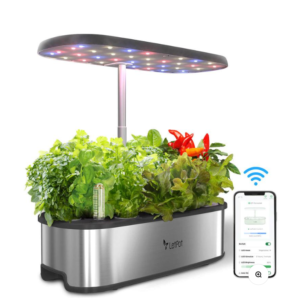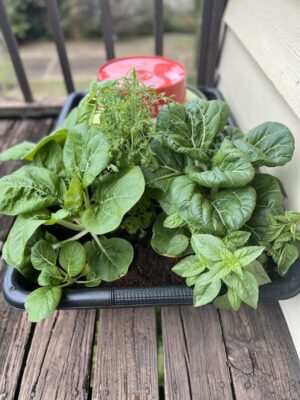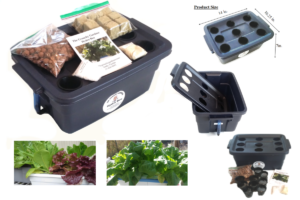Description: Tagetes erecta, commonly known as African Marigold, is a vibrant annual plant with large, showy flowers ranging in color from yellow to deep orange. Native to Mexico, it grows up to 3 feet tall and is characterized by its deeply divided, dark green leaves and robust, upright stems. This marigold variety is often used in garden borders and as a bedding plant due to its striking appearance and long-lasting blooms.
Flower Varieties: Tagetes erecta comes in several popular varieties, including ‘Inca’ and ‘Discovery’ series, which are known for their large, double blooms and compact growth. Other varieties include Antigua Orange, Antigua Primrose, Antigua Yellow, Atlantis Orange, Discovery Yellow, Double Eagle, Inca Orange, Inca Primrose, Inca Yellow, Indian Yellow, Maurel Yellow, Mesa Gold, Proud Yellow, Safari, Safari Tangerine, and Sweet Cream.
Identification
African Marigold
Common Name: African Marigold
Other Names: American Marigold, Aztec Marigold, Big Marigold, Mexican Marigold
Scientific Name: Tagetes erecta
Life Cycle: Annual, Perennial
Area of Origin: Central America
USDA Plant Hardiness Zones: 2a, 2b, 3a, 3b, 4a, 4b, 5a, 5b, 6a, 6b, 7a, 7b, 8a, 8b, 9a, 9b, 10a, 10b, 11a, 11b
Flower Facts
African Marigold
Color: Cream/tan, Orange, Gold/Yellow, Red/Burgundy, Variegated, White
Bloom Time: Fall, Summer
Qualities: Showy, Long Bloom Season, Fragrant
Attracts: Butterflies, Hummingbirds
Flower Petals: 7 – 20 petals/rays
Flower Size: 3-6 inches
Plant Care
African Marigold
Light: Full Sun, Partial Shade
Soil Texture: Clay, High Organic Matter, Loam (Silt), Sand
Drainage: Good Drainage, Occasionally Dry
Temperature: Best results between 70-90°F (21-32°C)
Starting Seeds: Start seeds indoors 6-8 weeks before the last frost
Grow in: Gardens, Containers, Hanging Baskets
African Marigold Care
Plant Care: To ensure healthy growth, Tagetes erecta requires full sun exposure and well-drained soil, though it can tolerate less-than-ideal conditions such as clay soil and dry spells. Regular watering is important, but be careful not to overwater, as this can lead to root rot. Deadheading spent flowers will encourage continuous blooming throughout the growing season. Fertilize lightly to support vigorous growth and abundant flowers.
Light: African Marigolds thrive in full sun, needing at least 6-8 hours of direct sunlight daily. While they do like partial shade from time to time, insufficient light can result in fewer blooms and leggy growth.
Watering: Water African Marigolds deeply and regularly, especially during dry periods, but avoid waterlogging the soil. Allow the soil to dry out slightly between waterings to prevent root rot.
Temperature: These marigolds prefer warm temperatures and can tolerate heat well, but they are not frost-hardy. They grow best in temperatures between 70-90°F (21-32°C); they will likely perish if temperatures drop below 40°F (4.44°C).
Pruning: Prune by deadheading spent blooms to encourage new flowers and extend the blooming season. Pinch back young plants to promote bushier growth and more blooms.
Seed vs Propagation: Tagetes erecta is typically propagated by seeds, which should be sown indoors 6-8 weeks before the last frost date for an earlier start. Seeds can also be sown directly in the garden after the danger of frost has passed. Transplanting seedlings should be done carefully to avoid disturbing the roots, which can hinder plant development.
Pests, Diseases, and other Issues: While relatively hardy, Tagetes erecta can suffer from common pests such as thrips, spider mites, and slugs. It is also susceptible to fungal diseases like leaf spot, botrytis, powdery mildew, phytopthora, and rotting, especially in humid conditions. Good air circulation and proper spacing can help mitigate these issues.
Poisonous Considerations: Tagetes erecta contains compounds that can cause mild skin irritation upon contact with its sap, so wearing gloves when handling the plant is advisable. Ingesting large quantities of the plant can lead to gastrointestinal upset in humans and animals. Despite these concerns, it is generally safe for garden use and poses minimal risk when proper precautions are taken.
African Marigold in Hydroponics
| Can be grown in Hydroponics and Aquaponics | Yes |
| Difficulty | Easy |
| Indoor or Outdoor | Both |
| Edible Flowers | Typically just ornamental. |
| Light | 16 Hours |
| pH | 5.8 to 6.5 |
| EC | 1 to 3.5 |
FAQs
Where did this information come from?
The primary source of information for this article came from the North Carolina Extension Gardener Plant Toolbox.
Is there a big list of edible flowers?
Yes, you can find out which flowers are edible by reading Edible Flowers: A Complete List. The list includes identification, name, flavor, flower color, common uses, and other important considerations.
I’m interested in growing flowers hydroponically. Is there somewhere I can go to learn more?
Yes, you can download our free guide below or enroll in our online course, Hydroponics 101. You can also read and explore our big list of hydroponic designs on Amazon with 51 Hydroponic Designs: DIY Designs for Beginner Hobbyists.






